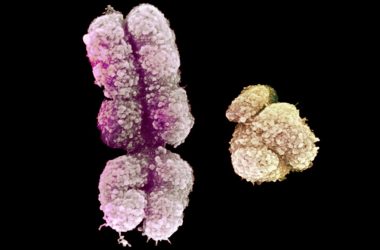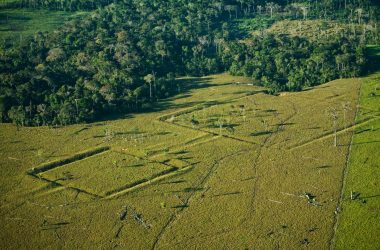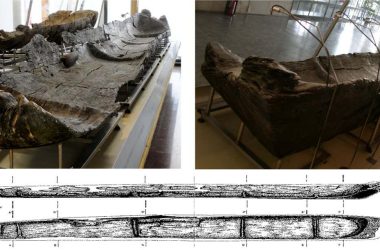An Unnamed Dystopia
In a dystopian city, the world as we know it has been transformed into a barren wasteland due to an environmental crisis. Veronica Roth’s sci-fi retelling of Sophocles’s classic Greek tragedy Antigone, titled Arch-Conspirator, takes place in this desolate setting.
A Dangerous Reality
Within this post-apocalyptic society, citizens face dangerous reproductive rules. The details of this new world are unclear, leaving readers to piece together the fragments of information provided.
The Essence of the Original
Roth’s retelling stays true to the essence of the original tragedy, while infusing it with elements of science fiction. The core themes of power, family, and loyalty are still present, albeit in a futuristic context.
A Shrouded Enigma
The setting of Arch-Conspirator adds to its mysterious atmosphere. The lack of concrete details about the world and its origins creates an enigma that invites readers to speculate and imagine.
Environmental Commentary
Roth’s choice to use a dystopian setting highlights the fragility of our planet and serves as a social commentary on the importance of environmental stewardship.
A New Twist
By blending elements of ancient tragedy with science fiction, Roth adds a new layer of complexity to the original story. This fusion of genres brings fresh perspectives and ideas to the table.
In Conclusion
Arch-Conspirator is an impressive example of how ancient stories can be reimagined in modern contexts. Veronica Roth’s mastery of both genres shines through in this unique and thought-provoking retelling.








